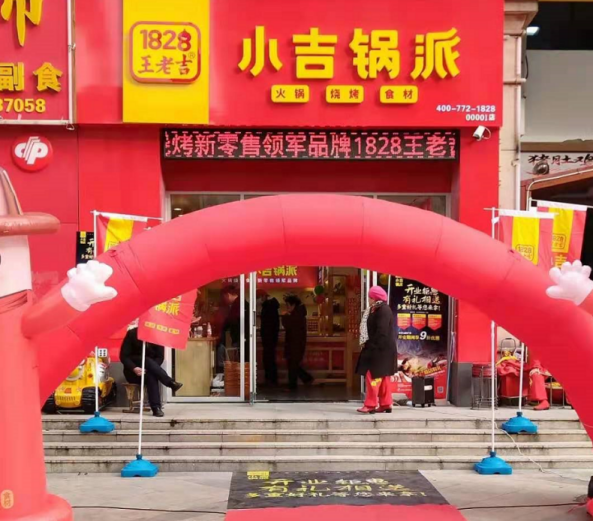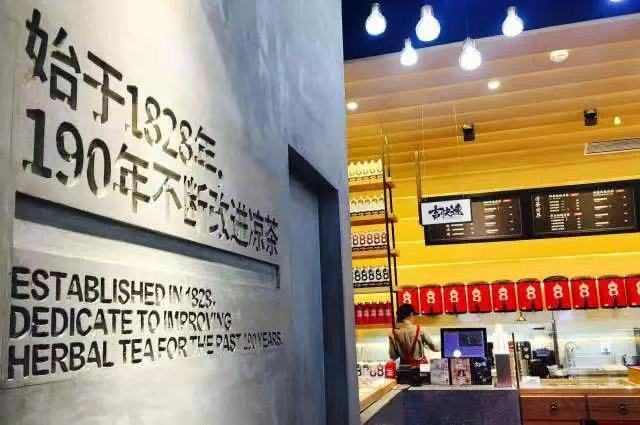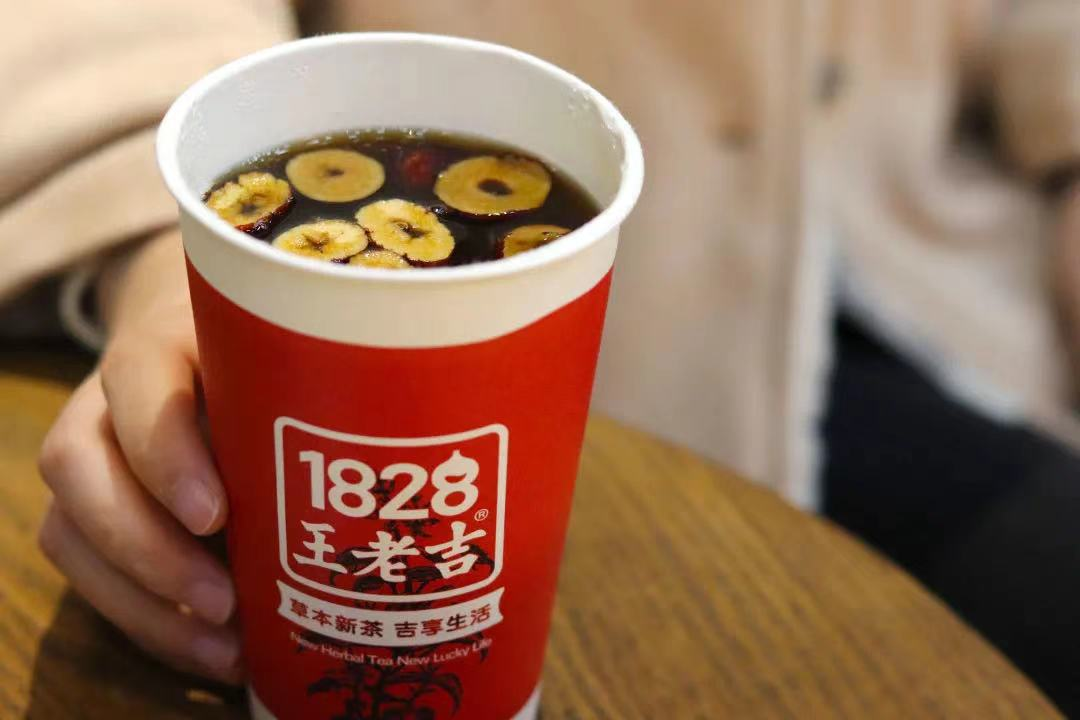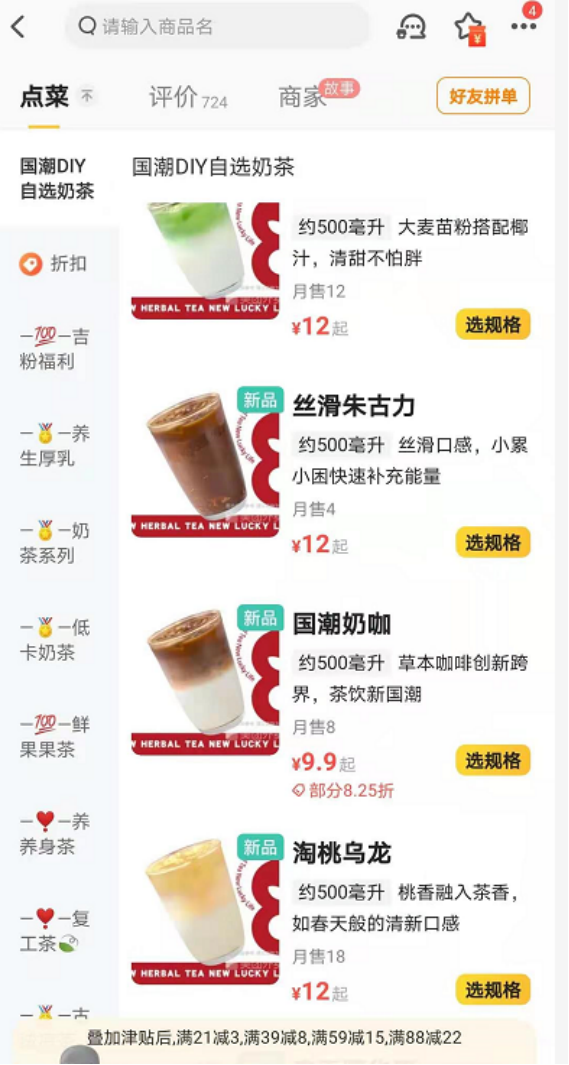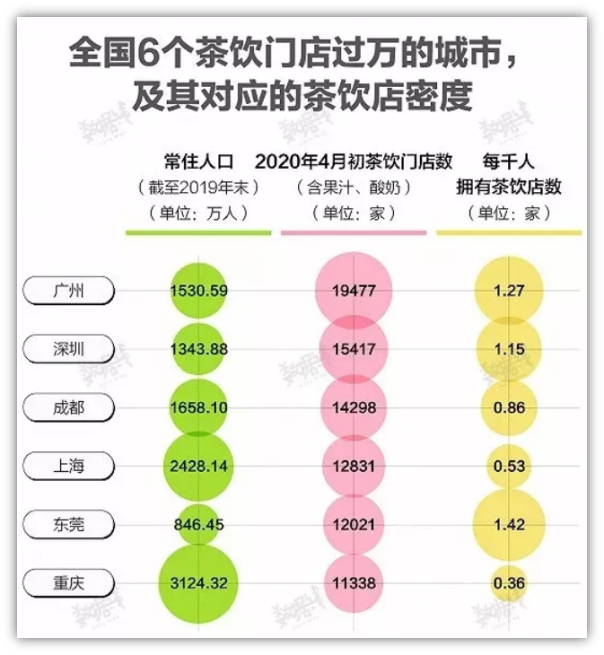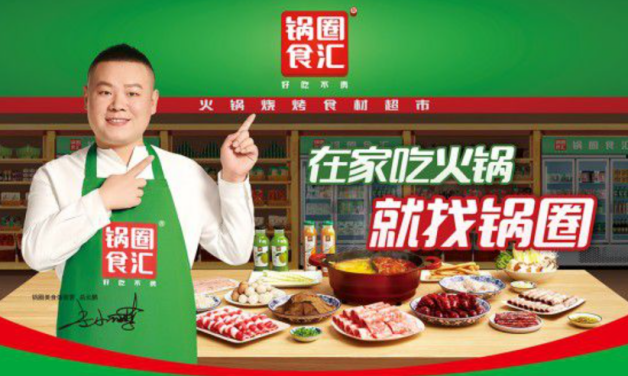What exactly is Wanglaoji planning?
Editor’s note: This article is from the micro-channel public number “red food network” (ID: hongcan18), Author: Zhai Bin.
Following tea, Wang Lo Kat sold hot pot ingredients. What secrets are hidden behind Wanglaoji’s frequent layout of catering?
In 2017, Wanglaoji’s first physical herbal tea shop, 1828 Wanglaoji’s freshly brewed herbal tea, opened in Guangzhou, which aroused widespread concern in the industry.
“Since 1828, freshly brewed tea, herbal natural” and a series of titles, Wong Lo Kat’s freshly made herbal tea became the “most beautiful boy” in Guangzhou’s herbal tea industry once it came out. The brand immediately shouted out the “fourth”. “Thousands of stores every year” goal.
Just when we thought that opening a herbal tea shop was just a whim of Wong Lo Kat, it was on the catering track again.
In October 2020, Wanglaoji launched a brand of hot pot barbecue ingredients-“1828 Wanglaoji Xiaoji Pot Pie”.
It is understood that 1828 Wanglaoji Xiaoji Guopai was jointly initiated and established by Wanglaoji Catering Company under Guangzhou Pharmaceutical Group and Xiaoji Guopai Food Co., Ltd., headquartered in Zhengzhou, and the brand is based on the model of “offline store + online mall”. Provide consumers with a one-stop purchasing platform for hot pot barbecue ingredients.
△Picture source: Xiaoji Guopai official account
Milk tea, hot pot ingredients, Wong Lo Kat’s layout of the catering track, all selected popular categories on the tuyere, but what is the development of these brands now? Wong Lo Kat’s frequent layout of catering, what is his intention?
Wang Lo Kat’s layout of catering, the hidden worries behind the diversification strategy
Wang Lo Kat’s frequent actions in the catering market, behind the seemingly lively scenes, there are actually various helplessnesses: the change of consumption trends, the shrinking herbal tea market, and the competition with Jiaduobao has also fallen to the wind…
In short: Wang Lo Kat, who looks beautiful, is actually not having a good life at all.
March 18On the same day, Guangzhou Baiyunshan Pharmaceutical Group Co., Ltd. issued an announcement stating that its Wong Lo Kat’s health business revenue was 7.859 billion yuan, a year-on-year decrease of 25%.
It is worth noting that Wanglaoji’s business income comes from products such as Wanglaoji herbal tea and Ci Ning Ji. Today’s herbal tea market has degraded from a dual-core channel of “catering + supermarkets” to a scenario that relies heavily on catering consumption. The shrinking of the category is an indisputable fact.
According to the report of the Prospective Industry Research Institute, the growth rate of the herbal tea market from 2012 to 2017 was 16.7%, 15.9%, 15.1%, 15%, 9.7% and 9.1%, respectively, showing a downward trend year by year. In addition, in 2019, the consumption of herbal tea in the family scenario dropped by 9% year-on-year.
In addition, young people’s consumption outlook has gradually evolved from “pragmatism” to “de-functionalization”. New tea drinks represented by Heycha and Nayuki’s tea are also robbing across borders, relying on category innovation and brand marketing With digitalization, leading the new consumption trend, the market space left for “Wang Laoji” is getting smaller and smaller.
From the perspective of market competition, after 2012, the development strategies of the two heroes of herbal tea are quite different. JDB, which has emerged from the shadow of the “red pot dispute”, continues to strengthen its advantages over Wong Lo Kat in the channel and supply chain, and its market share continues to exceed 50%. In addition, it also acquired the high-end reference water brand-Kunlun Mountain in 2010. Widen the brand moat. The capital level is a big move. Recently, Jiaduobao announced that it will conduct an IPO in Hong Kong.
Looking at Wong Lo Kat, the “Wang La Kat-Next 190-year Strategic Development Plan” issued by Guangyao Group in 2018 proposed a new strategy to make Wong Lo Kat a “global leader in plant beverages”. “Fear of getting angry and drinking Wanglaoji”-Wanglaoji’s image as a fire-removing expert has been deeply rooted in the hearts of the people. He suddenly turned to make unfamiliar plant beverages. The target group and brand positioning did not match, which caused heated discussions and diversified strategy.
The market is shrinking, consumption is shifting, old rivals are aggressive, and diversification intentions are not clear. Wang Laoji’s frequent shots in the catering field seem to be beneficial attempts under the diversification strategy, but in fact it is also a helpless move under the weakness of the main business.
The Thousand Stores Plan is far away, and Wang Lo Kat’s dining road is not smooth
In 2017, when 1828 Wong Lo Kat’s new herbal tea shop opened, he made a bold statement that by 2021, at least 3,000 shops will be opened. But as of now, 1828 Wanglaoji Herbal New Tea official micro-disclosureThe number of stores is still only 80+, and they are mainly concentrated in Guangzhou, Shenzhen, Dongguan and Foshan, mainly in Guangdong.
The product’s own characteristics and edible scenarios have become the main reason why 1828 Wanglaoji Herbal New Tea is limited to the Guangdong market. Perhaps it is because of the “root disease” of this brand. In 2019, the original Wanglaoji changed the name of “1828 Wanglaoji Fresh Herbal Tea” to “1828 Wanglaoji Herbal New Tea”. At the same time, the product line was upgraded to sell herbal tea and milk tea at the same time. It has completed the transformation from “freshly brewed herbal tea” to “new tea drink”, and strives to cater to young customers with a new image and positioning.
△Picture source: Wanglaoji Herbal New Tea Takeaway
However, the market for the 1828 Wanglaoji Herbal Tea, which is newly positioned and reinstalled, is still unclear.
In addition to the name change and the addition of some products, the 1828 Wanglaoji Herbal New Tea continues its original positioning of “1828 Wanglaoji Fresh Herbal Tea”, no matter whether it is a preconceived visual image or a main product. “.
In 2019, the new tea market has long been a red sea, and southern China is even more of a “severe disaster area.” According to relevant data, as of 2020, Guangzhou has 19,477 milk tea shops, the base camp of Wanglaoji herbal tea, which is the first in the country; there are 1.27 milk tea shops per 1,000 people, the first in the country; there are more than 10,000 people in 6 tea shops. South China accounts for 2 of the cities. 1828 Wanglaoji Herbal New Tea swimming in a deep red sea, the difficulty of survival can be imagined.
△Picture source: interface news and data cable
Compared with the “get up early and catch up late” on tea, the brand of Wanglaoji hot pot ingredients “Xiaoji Guopai” is somewhat “untimely”.
Affected by the epidemic, the hot pot ingredients market ushered in explosive growth. According to Tianyan Check data, nearly 8,000 hot pot ingredients-related companies will be added in 2020 alone, an increase of 216% over the same period last year. This is evident in the crowded track..
In fact, as early as October 2020, when the Xiaoji pot faction was launched on the market, the battle for hot pot ingredients had already entered the second half. From the perspective of the number of stores, the leading companies have already completed their races in the high-quality market. Guoquan Shihui is far ahead with 5,000 stores, and Lanxiong Hotpot has more than 1,200.
In the capital market, Guoquan Shihui has completed its fifth financing since its establishment. In the past year, it has raised nearly 3 billion yuan in total; Lanxiong Hotpot has also raised more than 100 million yuan.
△Picture source: Guoquan Shihui
Big brands have already “have food and don’t panic”, have established brand and supply chain advantages, and the head effect is obvious. For new entrants like the Little Jiguo faction, the barriers to competition are getting higher and higher.
The Xiaojiguo faction officially put forward the grand plan of “2021 tens of millions”: to establish more than 200 “urban operation centers”, 1,000 “core demonstration stores”, and more than 10,000 “city operation centers” in 2021. Community entrepreneurship store”. In 2025, tens of thousands of stores will be opened, and the annual operating income of the county-level market covering 80% of the country will exceed 10 billion.
However, public information shows that currently the franchisees signed by Xiaojiguo faction are mainly in the third and fourth tier cities of Jiangsu and Henan Province. However, after the Spring Festival, there has been no update of new franchisee information and the brand’s progress in investment promotion. Perhaps it is not optimistic.
The end result of the catering industry is the supply chain. It is difficult for Wang Lo Kat’s light model to go far.
Whether it is herbal new tea or Xiaoji pot pie, in my opinion, at least so far, it has failed. There are three reasons:
First of all, Wang Lo Kat does not understand user needs and lacks innovative spirit.
For consumers, the purpose of buying tea is definitely not to get rid of fire, but because it tastes good. However, the positioning of Wanglaoji Herbal New Tea has been limited to the narrow market of herbal tea.
In fact, the track of health tea drinking is not without success. The “Book and Burning Grass” which has exceeded 5,000 stores is an example. It also focuses on cooling and reducing fire, but the book also balances efficacy and deliciousness. Through innovations such as cupping desserts and adding small ingredients, the traditional southern dessert of burning grass is transformed into a new product suitable for the national market. Class, in the fierce competition in the tea market, it has torn a hole.
Second, the brand is mismatched, and the empowerment is invalid. The three characters “Wang Laoji” are not golden signs.
For Wong Lo Kat, the advantage of this model is that it is “light enough”, if it develops well, everyone makes money; if it is not done well, Wong Lo Kat can also retreat with the lowest risk. But doing catering without touching the supply chain can easily be interpreted as making quick money and “cutting leeks.” There is also a hidden danger. The light model with high failure rate can easily overdraft the brand credit of “Wang Lo Kat” in advance.
Conclusion
In short, Wong Lo Kat has not really entered the catering industry, one foot is still outside the door. In the future, will Wong Lo Kat continue to lay out the catering track and let “herbal tea + catering” become the brand’s dual engine? Can its dining path go out of other ways? Let’s wait and see.
